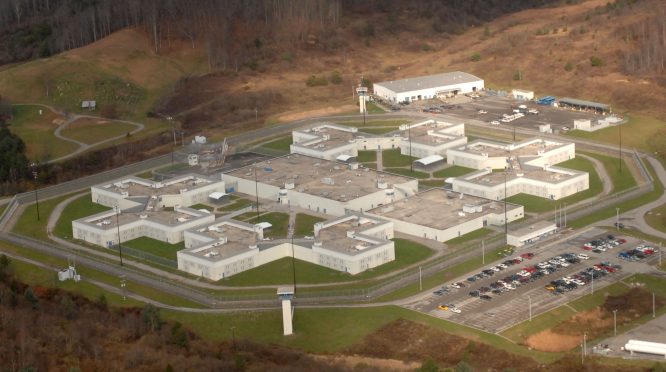Welcome to a revealing exploration of life inside a federal penitentiary, where the intricacies of high security prisons and maximum security facilities come to light. United States Penitentiaries, commonly known as U.S. Penitentiaries, represent the pinnacle of federal prison facilities under the purview of the Federal Bureau of Prisons. These establishments operate with varying security levels, each serving a unique role in the realm of federal corrections. The Federal Bureau of Prisons meticulously categorizes its institutions based on security levels to ensure the appropriate containment and management of inmates based on their individual risks and characteristics.
Overview of Federal Penitentiaries
In the world of corrections, federal penitentiaries play a crucial role in housing some of the most dangerous criminals. These high-security prisons, known officially as United States Penitentiaries, are operated by the Federal Bureau of Prisons.
As the top tier of the federal prison system, U.S. Penitentiaries are designed to securely confine inmates who pose a significant risk to society or have committed severe offenses.
Federal penitentiaries are categorized based on security levels, with maximum security prisons being the most secure. The security levels determine factors such as inmate supervision, facility layout, and access to resources, all aimed at maintaining order and safety within these institutions.
Security Levels in Federal Prisons
In federal prisons, there are different security levels that categorize inmates based on their risk level and behavior. The security levels range from low to maximum security, with each level having specific protocols and restrictions in place to maintain order and safety within the facility.
United States Penitentiaries (USPs) are high-security facilities designed to house the most dangerous and violent offenders. These institutions have extensive security measures, including armed guards, surveillance cameras, and enhanced physical barriers, to prevent escapes and maintain control over the inmate population.
Federal prisons also include medium-security facilities that house inmates who may pose a moderate escape risk or security threat. In Law Offices of Brandon Sample , there is still a focus on surveillance and control, but the overall environment is less restrictive compared to high-security institutions, allowing for more movement and access to certain activities for inmates.
Inside a High Security Prison

Within the walls of a high security prison, every movement is strictly monitored. Inmates are confined to their cells for the majority of the day, with limited opportunities for recreation. The level of surveillance is intense, with security cameras placed at strategic points throughout the facility.
United States Penitentiaries are known for their robust security measures, designed to prevent escapes and maintain order among the inmate population. Law Offices of Brandon Sample of daily life within these facilities is structured and controlled, from meal times to visitation schedules. For inmates classified as high security risks, additional restrictions and protocols are in place.
The strict hierarchy within a high security prison is evident, with correctional officers enforcing rules and regulations at all times. Inmates must adhere to codes of conduct, and any violations are swiftly met with disciplinary action. The atmosphere is tense, as both staff and inmates navigate the dynamic and challenging environment of a maximum security facility.
